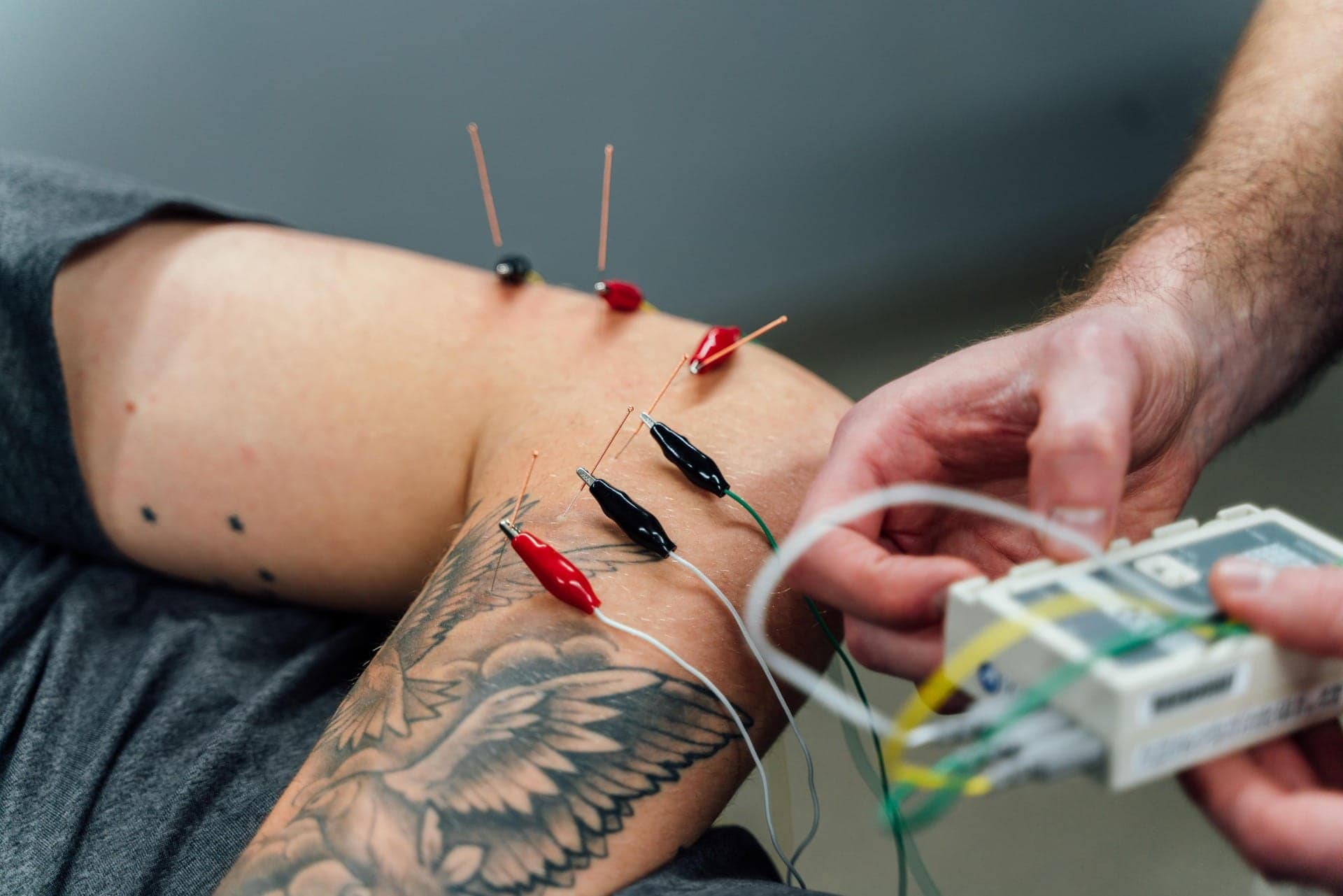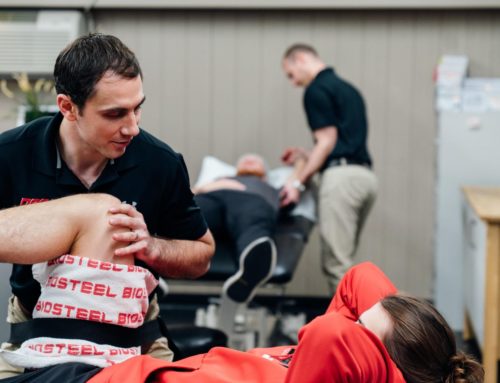At first glance, it can be very confusing how inserting thin acupuncture needles can invoke a positive response in the body. The key is the strategic placement and technical skill of the therapist.
The theory and practice of acupuncture within Traditional Chinese Medicine (TCM) has existed for thousands of years. Looking back into the history books, it was first mentioned in documents dating back hundreds of years before common era.
TCM explains acupuncture as a technique for balancing the flow of energy through pathways (meridians) in the body. By inserting needles into specific points along these meridians, TCM believes that the body’s energy flow will re-balance.
In modern medicine, we now know that many of these meridians follow specific nerve pathways or anatomical structures.
How Does Acupuncture Work?
Modern neurofunctional acupuncture uses a precise nerve stimulation technique in which acupuncture needles are inserted into specific anatomical sites, and stimulated with electricity.
This helps:
-
Normalize nervous system activity
-
Increase local blood flow
-
Improve the soft tissue bio-chemical environment
-
Restore muscle strength
-
Promote better movement
-
Decrease pain
Acupuncture stimulation has been scientifically shown to release a variety of chemicals beneficial for pain relief, blood flow, and nerve function.
Our nervous system carries electrical signals from one area of the body to another using chemicals to relay important information allowing our body to function optimally. Using a computer analogy, nerves are like the software system of our body. If the software doesn’t work properly, the hardware (muscles, joints, etc) don’t work efficiently either. A computer can have small software issues that allow it to function, but not efficiently, or large software problems that significantly impact the computer’s performance. Acupuncture helps address the software problem allowing the hardware to function optimally.
In a physiotherapy setting, neurofunctional acupuncture is used as a valuable tool in the treatment of almost all injuries. When combined with the proper soft tissue techniques and exercise prescription, the results are outstanding! In addition to treating pain and rehabilitating injuries, neurofunctional acupuncture can be used as a valuable tool for optimizing sport performance.
Haven’t tried it yet? Now is the time!
Written by: Mike Laidley, Director of Sports Rehabilitation, Physiotherapist
References:






